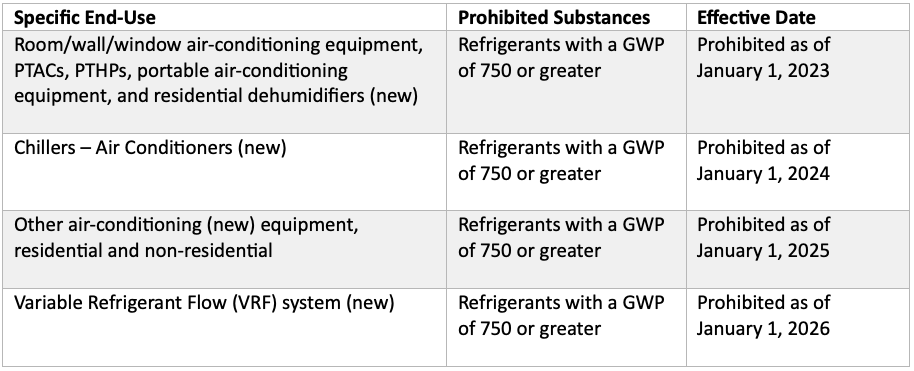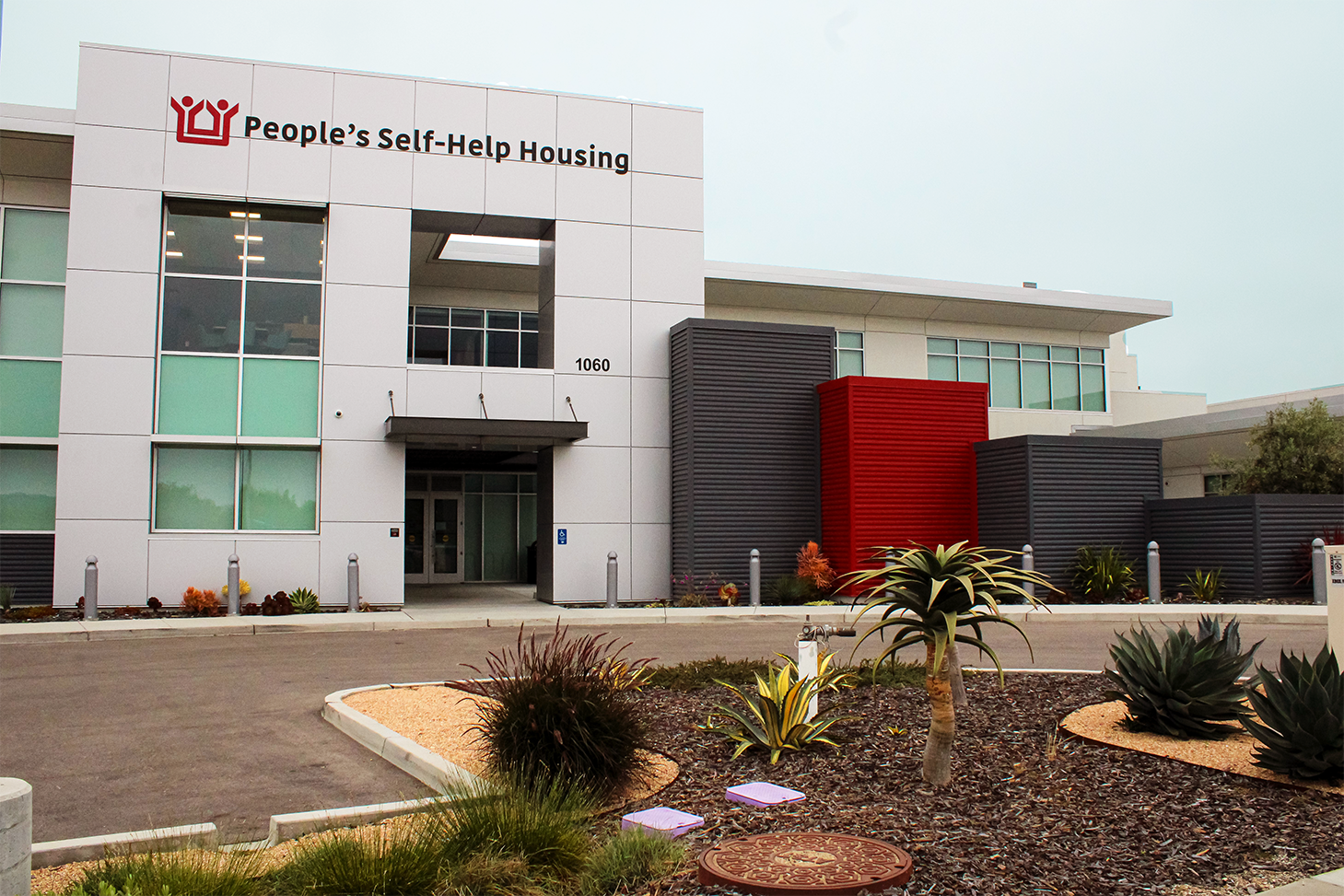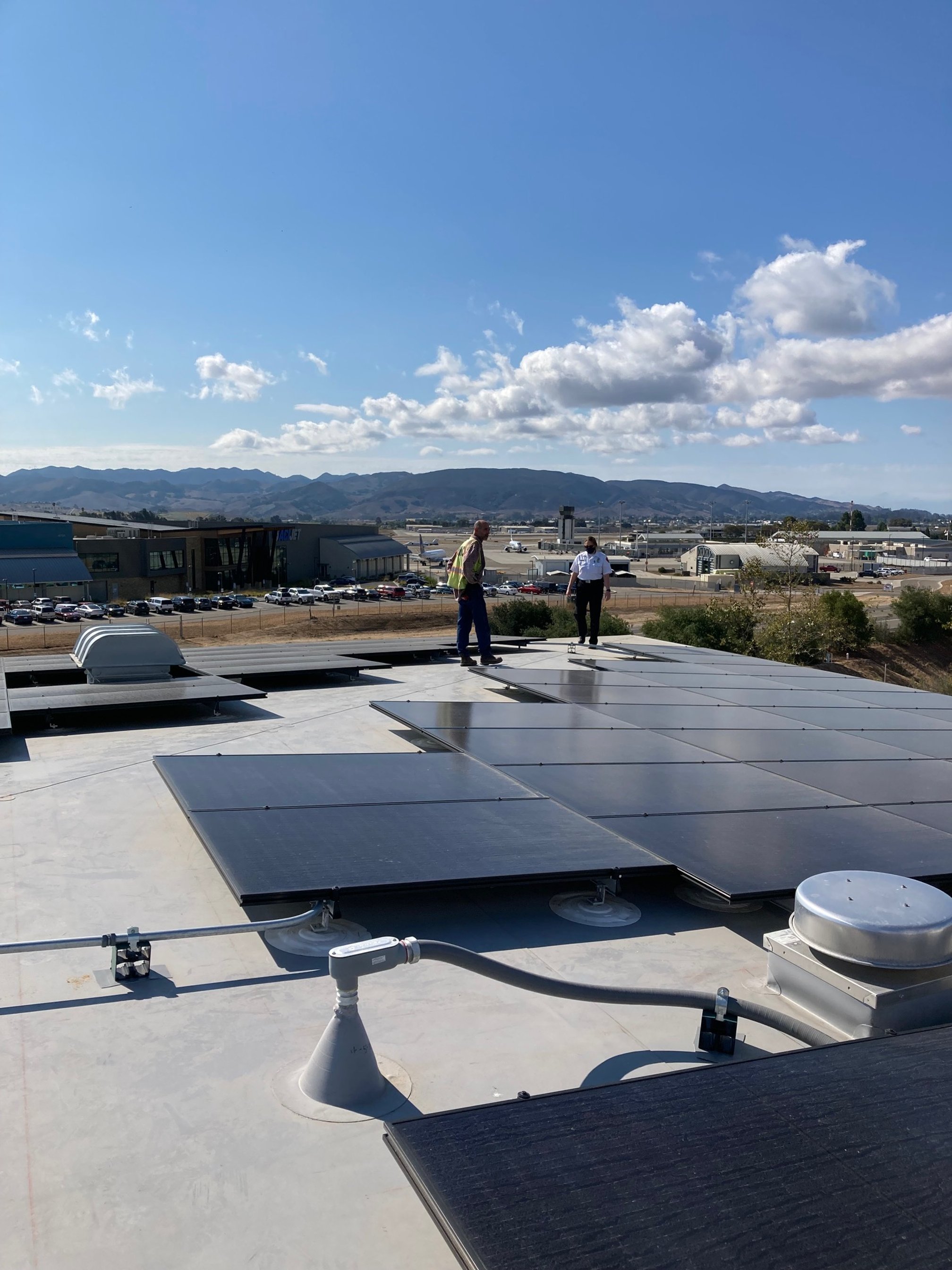While exploring the International Living Future Institute’s (ILFI) Living Building Challenge as a green building certification option for projects, the In Balance team took a deep dive into the Just Label, which is one of the core imperatives of the certification. What is the Just Label?
While integral to LBC certification, Just also serves as a stand alone social justice “nutrition label” for participating organizations. The goals of the program include promoting transparency, elevating discussions around workplace social justice concerns, creating common language and measurement framework, and improving H.R. policies to make life better for workers.
The social justice categories included in the Just Label cover: Diversity & Inclusion, Equity, Employee Health, Employee Benefits, Stewardship, and Purchasing & Supply Chain. For each category, there are multiple indicators measured in one to four “squares” and organizations must report information on at least 16 of the 22 specific indicators to receive the label.
The four squares mark varying thresholds of achievement. For example, the levels under Gender Diversity are awarded as follows:
· Level One: Organization has a written policy that documents commitment to a gender diverse workforce
· Level Two: Meets Level One plus Women constitute at least 30% of the overall workforce; Women constitute at least 25% of the senior leadership team
· Level Three: Meets Level Two plus Women constitute at least 40% of the overall workforce; Women constitute at least 30% of the senior leadership team
· Level Four: Meets Level Three plus Women constitute at least 50% of the overall workforce; Women constitute at least 35% of the senior leadership team
Check out the ILFI Just Label website to learn more about the program!
As we were working on our own Just Label, In Balance wanted to explore other programs aligning with improving workplace policies and employee quality of life. We were thrilled to discover the San Luis Obispo County Chamber of Commerce’s Family-Friendly Workplace (FFWP) Accelerator Program. The program aims to measure how family-friendly an organization is by assessing existing policies and providing an opportunity to explore additional family-friendly policies to implement.
The assessment is broken down into 5 categories: Employer-Sponsored Child Care, Flexible Work & Scheduling, Paid & Unpaid Leave, Health Benefits & Flex Spending, and Parent Accommodations & Support. Award levels range from Bronze to Blue Diamond and are based on how many family-friendly policies are met in each category.
In Balance Green Consulting is proud to have been recognized by the SLO Chamber of Commerce on July 27th as a Diamond “Distinguished Champion” Family-Friendly Workplace through the program.
Visit the San Luis Obispo County Family-Friendly Workplaces website for more information on the program and to take the free assessment!
Both ILFI’s Just Label and San Luis Obispo (SLO) County Family-Friendly Workplaces program include policies addressing employee health care, physical health and well-being, family and medical leave, and flexible work arrangements, such as work from home. They are accessible to organizations of any size, from small firms, like In Balance Green Consulting with 6 employees, to larger organizations with thousands of employees. Both programs are excellent tools for organizations to assess current employee policies and benefits and find areas that could use improvement to create more equitable workplace environments and promote employee success.









